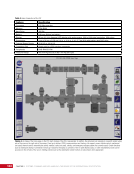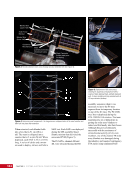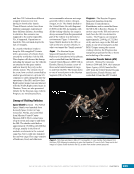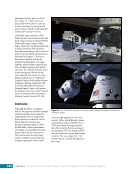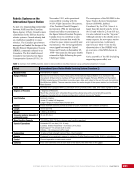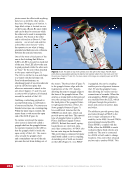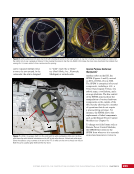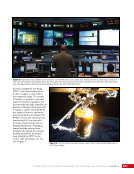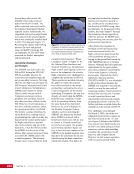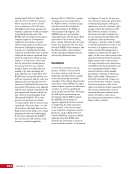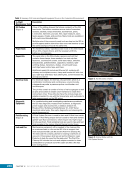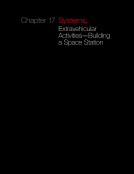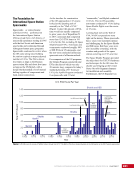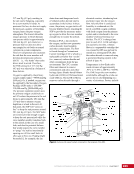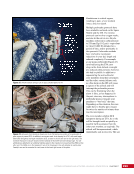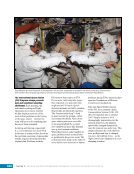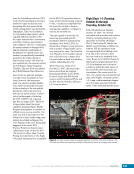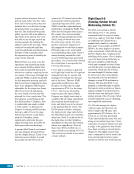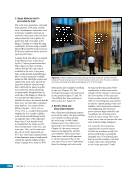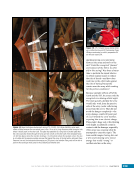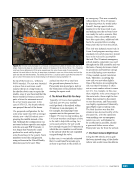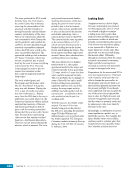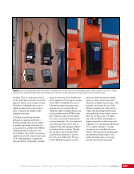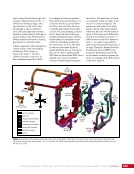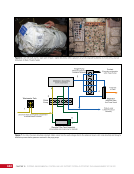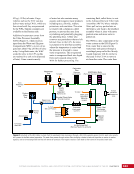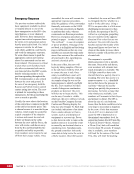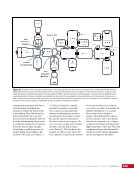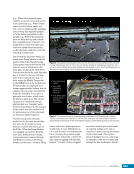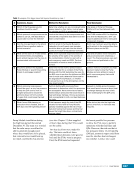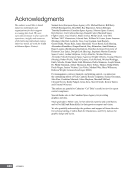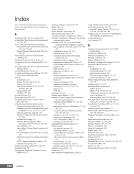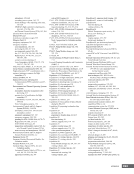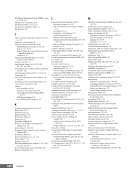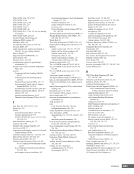CHAPTER 3 SYSTEMS: STRUCTURE AND MECHANISMS—THE INTERNATIONAL SPACE STATION’S SKELETON 36 The Flight Director Class of 2009 (left to right: Scott Stover, Dina Contella, Ed Van Cise) in the Leonardo module as it was being upgraded from a short-duration Multi-Purpose Logistics Module to become the Permanent Multipurpose Module. Numerous elements of the module’s structure are visible, including the hatch, rack panels, bulkhead, ducting, and module feedthroughs—all aspects discussed in this chapter. As on Earth, revolutionary research in space often requires a physical laboratory. Although the International Space Station (ISS) is a state-of-the-art research facility, it is also an outpost in low- Earth orbit that needs to sustain its crew to enable the research being performed. That means designing a space station that provides a shelter where the crew can live in a habitable environment that is protected from the dangerous conditions outside Earth’s atmosphere. That shelter needs supporting hardware to provide power, methods for distribution of that power, and computers with software to control all of the equipment. Facilities to support the living quarters and life support equipment inside the laboratory are required, in addition to actual research capabilities and facilities. These hardware and software systems are described in detail elsewhere in this book. This chapter describes the physical structures of the space station as well as the various methods used for assembling the spacecraft over the course of numerous assembly missions. Primary Structure The exterior of the ISS is made up of multiple modules with a very long truss structure running from side to side, as seen in Figure 1. Figure 1. Assembly Complete configuration of the ISS as of July 2011. Photo courtesy Ed Van Cise The Integrated Truss System—or simply “the truss”—centered atop the US laboratory module, supports eight large solar arrays (see Chapter 9), mechanisms that allow those arrays to track the sun, two large radiator beams (see Chapter 11), and numerous Orbital Replacement Units (ORUs). ORU refers to any unit on the ISS that is designed to be serviced, repaired, or completely replaced. The ORUs on the truss include power distribution and conversion devices, Multiplexer/DeMultiplexers (MDMs) (see Chapter 5), pumps, sensors, and numerous research projects and experiments that need to be exposed directly to the unpressurized space environment.
Purchased by unknown, nofirst nolast From: Scampersandbox (scampersandbox.tizrapublisher.com)








































































































































